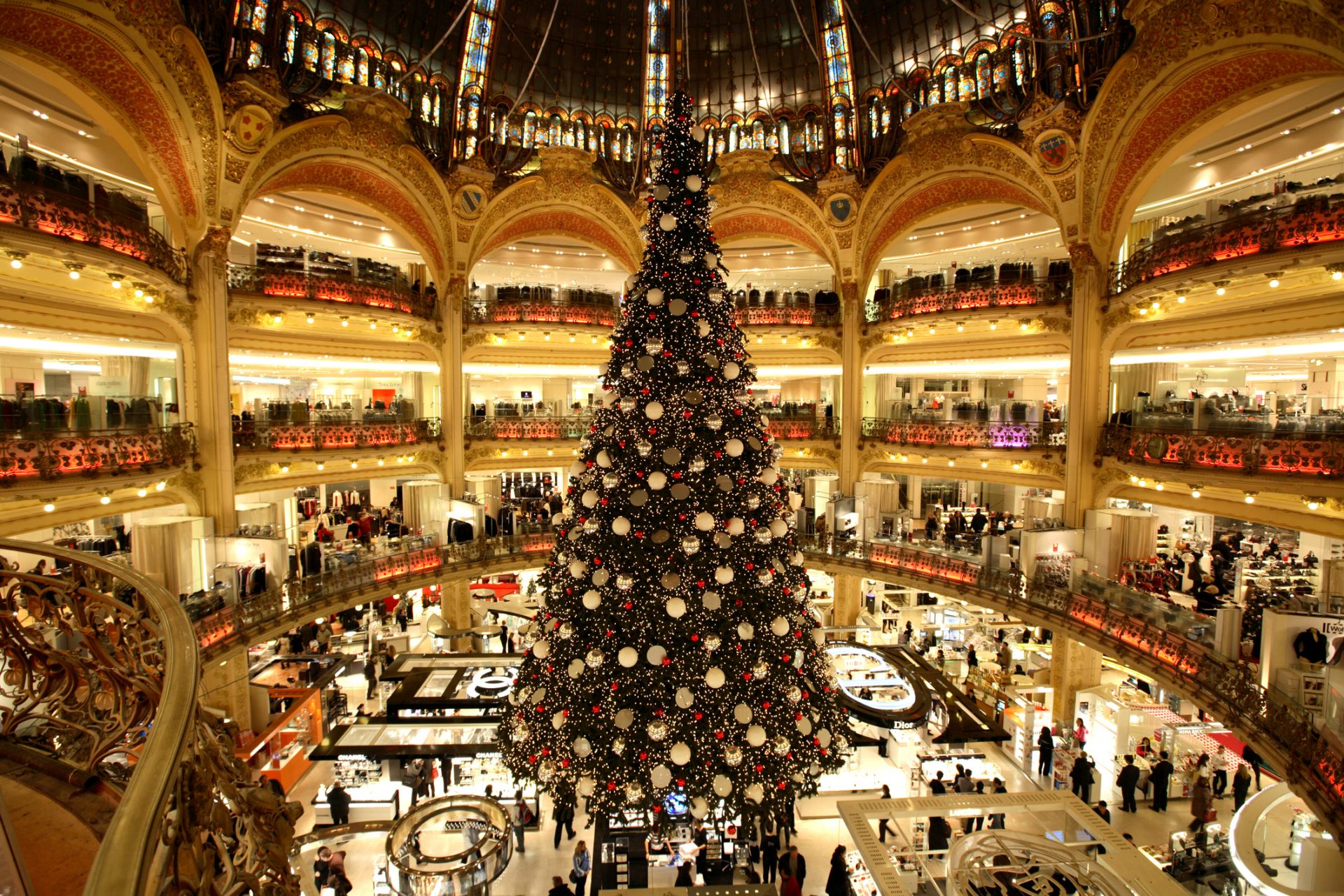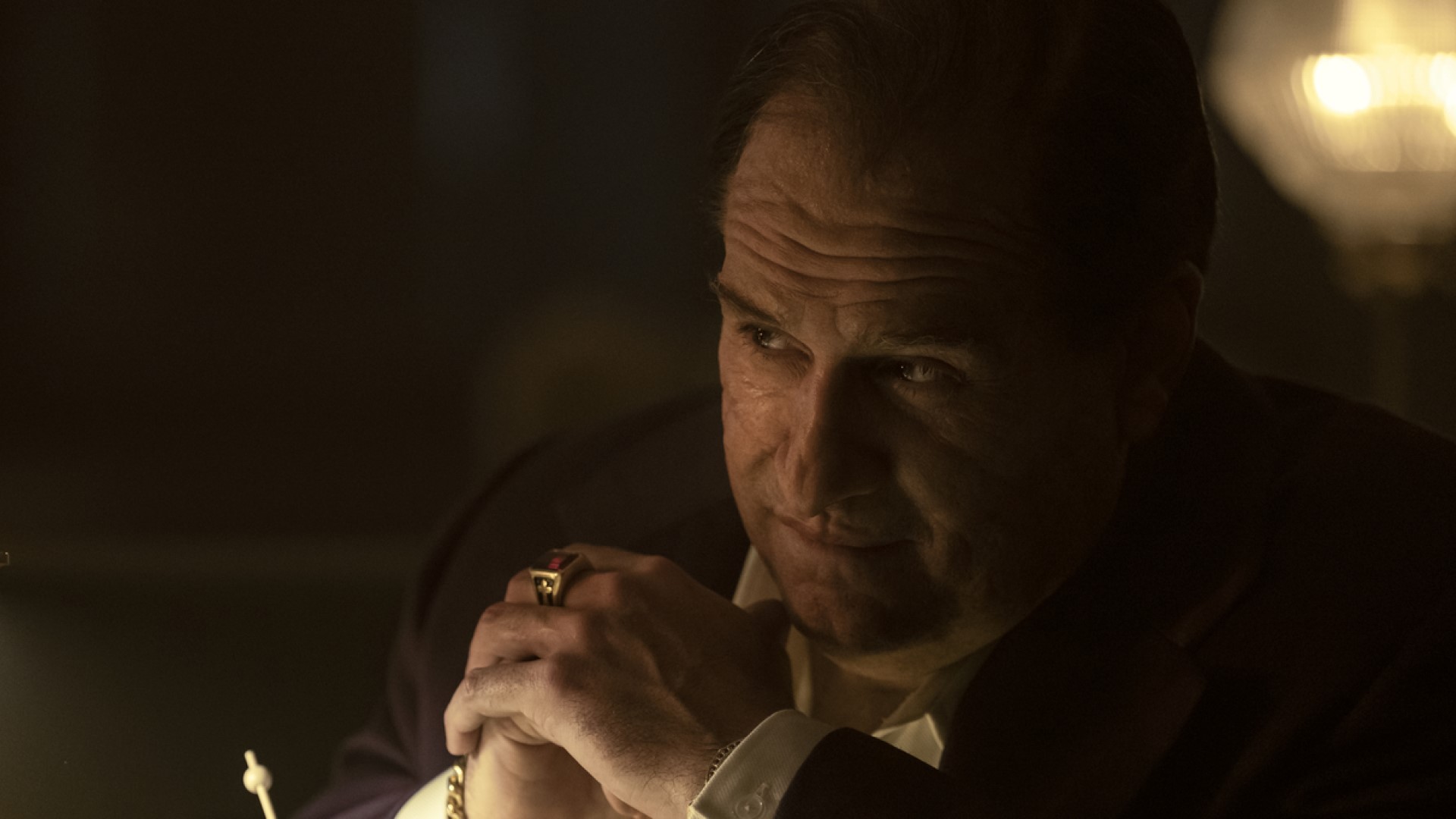The most fascinating castles in the world
The world is dotted with castles that brim with history and radiate power. These monumental marvels are a perfect inspiration for the itinerary of any epic journey. So let's check them out for some inspiration for your next trip.
Nestled in idyllic Bavaria, the Neuschwanstein Castle stands out as Germany's most famous. It's a grand masterpiece erected in 1869 by King Ludwig II of Bavaria. Its architecture, particularly its towers, sparked Walt Disney's imagination as he designed Sleeping Beauty's Castle. Years later, it would also inspire the creators of the hit series 'Game of Thrones.'
An awe-inspiring edifice from the 14th century, Hunyad Castle is the largest in all of Romania. To appreciate its gothic architectural splendor, you have to cross a bridge over the Zlaști River. This is a must-visit place if you're journeying through Transylvania.
Colomares Castle graces the city of Benalmádena in Andalucía, southern Spain. It was constructed in the late 1980s by Esteban Martín, as a tribute to Christopher Columbus. The castle is an artistic blend of Neo-Romanesque, Neo-Mudejar, Neo-Byzantine, and Neo-Gothic styles. A relatively young masterpiece, but impressive nonetheless.
This opulent medieval castle perches on a hilltop in northern Slovakia. Construction traces back to the 12th century, though it underwent a complete rebuild a century later. Its hallmark is its romantic architecture, lending it a fairy-tale-like quality.
A perfect blend of elegance and history, Chenonceau Castle is among the most beautiful and popular in the Loire Valley, France. Its ownership has been passed down through several women, including Catherine de Medici and Diane de Poitiers, which earned it the moniker "Castle of the Ladies."
Dunrobin Castle is privately owned by the Countess of Sutherland. It stands majestically in the mountainous Highlands region of Scotland. This monument was built in the medieval times and was later expanded in 1845 by Charles Barry, the architect behind the Palace of Westminster in London.
This splendid neo-gothic structure sits atop Mount Hohenzollern, approximately 50 kilometers (31 miles) from Stuttgart, Germany. As one of the most visited castles in the country, its awe-inspiring presence is best described by one word: majestic.
Trakai, the ancient capital of Lithuania, is home to a castle whose roots trace back to the 14th century. Unique in its own right, it's the only castle in Eastern Europe built on an island. Now a top tourist spot in the country, it's a must-see for anyone visiting the Baltic states.
Perched 50 meters (164 feet) above the sea on Scotland's northeastern coast, lie the captivating ruins of the medieval Dunnottar Castle. Each year, this secluded haven draws in thousands of visitors, offering a birdwatcher's paradise with a diverse array of species calling this place home.
Standing majestically in northern Austria, the Hochosterwitz Castle soars 175 meters (574 feet) high. The castle forms a stunning spectacle visible from nearly 30 kilometers (19 miles) away when the sky is clear. The castle's medieval origins trace back to the 9th century, but it saw modifications stretching into the 16th century.
Nestled in Brescia, Lombardy, stands the stalwart Scaligero Castle, marking the gateway to resort town of Sirmione. Built in the 14th century, this medieval fortress was erected to safeguard the village and its harbor. Its angular towers, towering walls, inner courtyards, and collection of medieval stones endow it with an exceptional charm.
Vianden Castle lies to the east of Luxembourg, close to the German border. Its origins harken back to the 11th and 14th centuries, standing on the remnants of Roman and Carolingian structures. Today, it ranks among the most visited historical sites of the Grand Duchy.
This jewel of the Paris region encapsulates a significant chunk of French history. Known as both a palace and a castle, Versailles symbolizes absolute power, having been the royal residence of Louis XIV, Louis XV, and Louis XVI. Its gardens, masterfully designed by André Le Nôtre, stand as a true masterpiece.
Image: Mathias PR Reding - Unsplash
This grand palace in Delhi, India is the epitome of Mughal architectural beauty. Constructed in 1638 by Shah Jahan, its vast size, striking red sandstone, and intricate designs symbolize India's historical grandeur.
This spectacular romantic and historical castle sits in Sintra, near Lisbon. Its vibrant yellow and red hues give the Pena Palace with a unique charm. Its construction is fairly recent, dating back to the mid-19th century. It belonged to King Fernando II of Portugal. After the proclamation of the Republic in 1910, the palace became state property and is now open to visitors.
The medieval Ashford Castle, built near the village of Cong, has now transformed into a five-star hotel. It also served as a filming location for the series 'Reign'. Even so, it remains open for tourist visits.
Built in 1896 to commemorate Hungary's millennium, the Vajdahunyad Castle initially served a temporary exhibit. However, its immense popularity prompted its establishment as a permanent fixture. The castle, found on Széchenyi Island in Budapest, features architecture inspired by the Hunyad Castle, from which it gets its Hungarian name.
Back to Romania, the magnificent Peles Castle easily earns its spot on this list. Constructed in the late 19th century for King Carol of Romania, it holds the distinction of being Europe's first castle to have electricity. The castle's interior now houses nearly 2,000 paintings.
Chambord Castle is the largest castle of the Loire Valley. King Francis I of France began its construction in 1519, but he only lived there for 42 days throughout his lengthy 32-year reign. Subsequently, many European monarchs visited this castle.
In the land of Saxony, Germany, stands the Moritzburg Castle, built amid an artificial lake. In the mid-16th century, it served as a hunting lodge built in the Renaissance style. By 1703, the castle was reconstructed, adopting a more Baroque style. Its large round towers now house a Baroque art museum.
Cape Coast Castle, located in Ghana, was a pivotal center in the transatlantic slave trade. Its dungeons bore witness to human suffering on a massive scale and was were slaves would be held before their journey to the New World. Now a UNESCO World Heritage Site, it serves as a solemn reminder of a brutal past.
This castle is part of the astounding fortified city that includes the castle and the walls surrounding it. The site, largely composed of medieval elements, was restored for monumental purposes from the second half of the 19th century, with intervention by Eugène Viollet-le-Duc.
This fortified 14th-century structure is situated near Robertsbridge in Sussex. Constructed in 1385 by Sir Edward Dallyngrigge, a former knight of Edward III, it was apparently built at the request of Richard II to defend the area against the French. Lord Curzon later restored the castle and bequeathed it to the National Trust in September 1926.
The relatively modern castle, built between 1911 and 1921, stands as a decorative structure only. However, its peculiar location, perched on the edge of a cliff at Cape Ai-Todor, 40 meters (131 feet) above the Black Sea near Yalta on the disputed Crimean peninsula, makes it especially intriguing.
Located in the coastal city of Himeji, this castle is one of the best examples of traditional Japanese castle architecture. It is also one of the oldest surviving medieval structures in Japan and was declared a UNESCO World Heritage Site in 1993.
This stunning fortress, dating back to the early 12th century, is not only one of the most visited monuments in Spain but also one of the most famous medieval castles worldwide. Located in the city of Segovia, it was once home to the Catholic Monarchs of Spain and is now open for visitors to explore.
Located on the hills above the Moselle River, between Koblenz and Trier, this castle was built in the 12th century. Remarkably, it still belongs to the same family that owned it all those centuries ago. Today, it's divided among three families: the Rübenachs, the Rodendorfs, and the Kempenichs, with the first two open to the public.
Uchisar Castle, Turkey's tallest fairy chimney, is a natural citadel located in Cappadocia. Carved into a large, volcanic rock formation, it offers a magnificent panorama of the surreal, lunar-like landscapes characteristic of the region. In ancient times, it was inhabited by hermits and monks who hollowed out the soft volcanic tufa rock to build rock dwellings, rock churches and monasteries, and at the very top is a castle.
Since 1920, this has been an abbey for Benedictine nuns. However, it was originally Kylemore Castle, located in Connemara, Galway, Ireland. The abbey was built between 1863 and 1868 as a private home for the family of Manchester politician and businessman, Mitchell Henry.
Also known as Reichsburg Cochem, it's built on a hill over 100 meters (328 feet) above the Moselle Valley in Germany. The exact date of its construction is unknown, but experts suggest around the year 1000. It was originally the residence of the Hohenstaufen imperial dynasty. It was reconstructed between 1868 and 1877 by Prussian industrialist Louis Ravené and is now open to tourists.
Visiting this castle offers a journey through Denmark's history from the 1500s to the present. It's the largest castle in Scandinavia, built by Hans van Steenwinckel the Elder as the royal residence of King Christian IV between 1560 and 1630. It's currently the home of the country's National History Museum and houses priceless works of art.
Another Romanian castle, this one's found in the Transylvania region near the city of Brasov. It's closely associated with the legend of Count Dracula. It was built by the Teutonic Knights around 1212 and has seen many changes over time.
Arg-é Bam is the largest adobe building in the world, situated in southeastern Iran. Built before 500 BC, it includes houses and a commanding castle topping the complex.
Located in this small country entirely surrounded by Italy, it's a set of three towers built on the three peaks of Mount Titano, in the capital, San Marino. They were constructed at different times in the 11th, 13th, and 14th centuries. Only two of them are open to the public.
Fasil Ghebbi is an expansive fortress-city in Gondar, Ethiopia. Reflecting a unique blend of Nubian, Arab, and Baroque styles, the site was the residence of Ethiopian emperors during the 16th and 17th centuries and now forms part of the UNESCO World Heritage list.
Located in the city of the same name, it's actually considered a palace, although it was originally a fortified castle. Its origins could date back to 973. Over the centuries it has belonged to different aristocrats, becoming a palace after renovations carried out between 1525 and 1576.
Located in the town of Coca, Segovia, it's a beautiful example of Spanish Gothic-Mudejar architecture and was built in the 15th century. It's owned by the House of Alba but has been lent to the Spanish Government's Ministry of Agriculture since 1954, who keep it open to the public.
One of the most impressive castles and most visited monuments in the Czech Republic. Built in the second half of the 13th century in Gothic style, it underwent several later renovations and was transformed into a Baroque castle after the English Windsor style.
Another iconic structure from Japan, this 16th-century castle is also known as Crow Castle due to its black exterior. It's located in the city of Matsumoto, Nagano, and is one of the best-preserved castles in Japan.
Located in the center of Olite, a town in Navarra, Spain, it was the residence of the monarchs of the Kingdom of Navarra. This courtly and military building was erected during the 13th and 14th centuries and is today considered a National Monument of Spain. It also serves as the venue for a national classical theater festival.
This unique castle is situated on a small island named Eilean Donan at the confluence of three sea lochs in the northwest of Scotland. Its construction began in around 1220 by order of Alexander II of Scotland. It's not a large castle but is notable for its location and the beauty of its surroundings. It has been featured in numerous films, including 'Braveheart' (1995).
The most striking feature of this 16th-century castle is its location: it is built into the mouth of a large cave in the southwest of Slovenia. In fact, its name in Slovenian means precisely "castle in a cave." It's also built at a height of 123 meters (403 feet) above the Lovka stream, kind of like an eagle's nest.
This late Gothic style castle was originally built in the 10th century but was reconstructed, to look as it does today, between the years 1471 and 1485. It's located in the center of the city of Meissen, Saxony and has an adjacent also Gothic cathedral that blends in with the ensemble.
Located in the south of the island of Funen, in Denmark, it is Renaissance-style and considered the best-preserved water-surrounded building in all of Europe. It has beautiful gardens and nearby buildings that leave no visitor indifferent.
An impressive neo-Gothic fortress of medieval origin located in Gatica, in the Spanish Basque Country. The privately-owned building, which was remodeled in the 19th century, is set in a park with native and exotic species and the whole complex is surrounded by a backwater of the Butrón River.
Situated on the shores of Lake Geneva, it has an oblong shape and was an important defensive building since the Bronze Age that was later fortified by the Romans, undergoing various changes, especially in the 13th century, whose Gothic style has survived to our days.
Berat Castle dates back to the 4th century BC. A historically significant stronghold, it's unique for being both a monument and a citadle, housing roughly 20 churches within its walls.
Located about 40 kilometers (25 miles) from the city of Stuttgart in the Swabian Mountains, it was built on the remains of a medieval castle dating from the year 1200, between 1839 and 1842. It stands out for its access bridge, its towers, especially the main one, and above all, for the impressive landscape that surrounds it.
Also known as the 'Castle of the Templars', it is located in the middle of the city of Ponferrada, León, on a hill at the confluence of the Boeza and Sil rivers. Built in 1178 by the Templar Order, it is situated on a site that was originally Celtic, and later Roman and Visigothic.
Windsor Castle is today a palace and residence of the British Royal Family. Located in the county of Berkshire, it was built in 1070 and has three walls and a keep. It covers more than five hectares ( 12 acres) and is one of the most impressive monuments in the British Isles.
Photo: Unsplash - Simon Hurry
Like Himeji and Matsumoto, another good example of a Japanese medieval castle is found in the city of Osaka. Built in 1583 and covering an area of approximately one square kilometer, it is one of the most famous in the country and played a fundamental role in the unification of Japan.
The Castle of San Felipe de Barajas is an iconic fortress located in Cartagena. It is famed for its extensive tunnel system and its significant role in defending against pirate attacks during the colonial era.
Today, it is actually a palace. Inspired by a castle on a hilltop, it was designed by Heinrich Christoph Jussow between 1793 and 1801, centuries after the real construction of castles in Germany, and stands over Wilhelmshöhe Castle in the southern part of the mountain park.
Our journey ends in the Dutch state of Utrecht, where Haar Castle is located. Its origins date back to the late 14th century but the buildings we can see today are much more recent, built between 1892 and 1907. A beautiful building castle, like the others, transports us to another era with a very special mystique.


































































